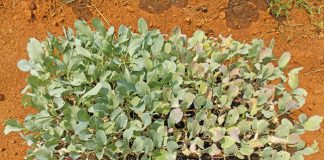Care – or the lack of it – starts on the farm, and thereafter manifests itself in every link in the fresh produce supply chain. The producer who pays little or no attention to the basics of bad handling in all sectors of the harvesting and packing processes is losing money through the delivery of poorer quality fruit. Management has to drive the process, so managers not only need the right mental attitude but must take the necessary steps to instil a culture of care in all other staff members.
Ongoing process
This will not happen overnight and requires commitment, motivation, training and ongoing application. It’s a process that never ends and ultimately extends to every facet of the farming enterprise. The logic is simple: every human, every item of equipment, every crop, every input, in fact all resources, need their own form of a culture of care. If a picker who is told to handle the fruit with care can see the tractor driver racing around the farm as if he’s practising for the next off-road rally, why should he or she care about careful handling?
When a culture of care becomes a way of life on the farm, everybody enjoys the benefits. Better prices realised on the market translate into improved income, which should filter back to staff, equipment upgrades and improved infrastructure.
It starts at the top
You need only observe any leading farm where quality reigns supreme to see a culture of care at work. Without exception, it starts at the top and permeates all levels and activities in the business. I sometimes hear people on the market complaining about a successful producer, saying this business is trying to ‘control’ the market. These narrow-minded individuals conveniently forget that this business owner has put in huge effort and cost throughout the entire chain to land a top product on the market and enjoy premium prices.
There’s a very good reason why his product becomes dominant in its segment.












